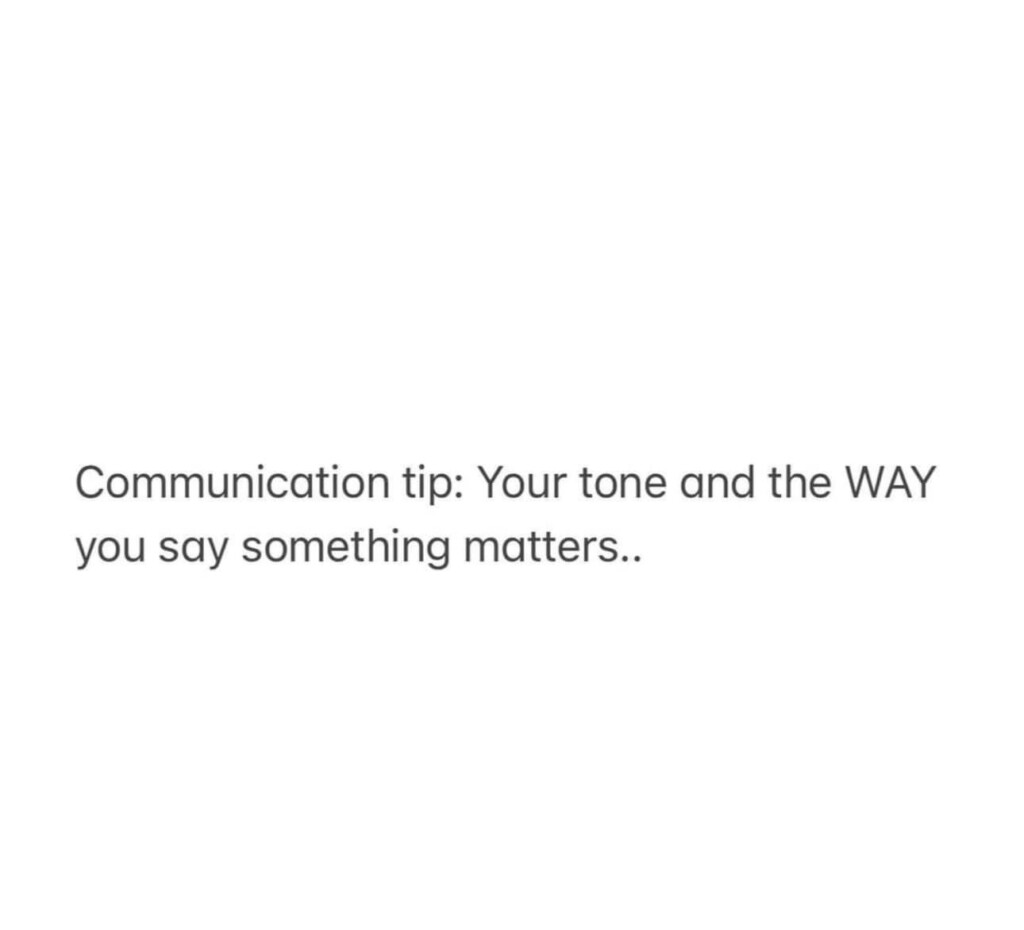In the intricate dance of relationships, communication stands as the foundation upon which emotional connections are built. It’s not just about the words you choose – it’s about how you say them and the tone of voice you use. Welcome to a journey into the heart of effective communication, where we explore why mastering the art of expression is essential for nurturing healthy and thriving relationships.

Words Carry Weight, But Tone Lingers:
Imagine this: you receive a text from a loved one, and the words seem harmless. However, the moment you read it, you sense a subtle undertone that leaves you feeling uneasy. This is where the power of tone comes into play. The way you express yourself vocally or through written words can amplify or diminish the impact of your message, influencing how it’s received by your partner.
**1. The Magic of Positive Tone: Using a positive and gentle tone can transform even difficult conversations into constructive dialogues. It shows your willingness to listen, understand, and work together to find solutions. Remember, your partner is more likely to open up and express themselves when they feel supported and valued.
**2. The Pitfalls of Negative Tone: On the flip side, a negative or accusatory tone can trigger defensiveness and create barriers in communication. Harsh words or a dismissive attitude can escalate conflicts and undermine the emotional connection you share. Being mindful of your tone helps prevent misunderstandings and allows your partner to feel safe expressing their thoughts.
**3. Navigating Delicate Conversations: Sensitive topics require a delicate touch. Instead of approaching them with a critical or impatient tone, opt for empathy and understanding. By acknowledging your partner’s feelings and experiences, you pave the way for an open and productive dialogue that strengthens your bond.
**4. The Power of Active Listening: Communication isn’t just about speaking – it’s also about listening. Pay attention to not only the words your partner uses but also the nuances of their tone. Active listening involves being present in the moment, validating their emotions, and responding in a way that fosters mutual understanding.
**5. Finding Common Ground: When discussing differing opinions, maintaining a respectful and neutral tone ensures that you’re working towards finding common ground. Focus on the issue at hand rather than attacking your partner’s character, allowing space for compromise and collaboration.
In the symphony of relationships, effective communication plays the role of the conductor, guiding the harmonious interactions between partners. Remember that it’s not just about what you say – it’s also about how you say it. By using a positive, empathetic, and understanding tone, you lay the groundwork for deeper connections, mutual respect, and lasting love. The art of communication isn’t just a skill – it’s the heart and soul of a thriving relationship.
As an Amazon Associate we earn from qualifying purchases through some links in our articles.




